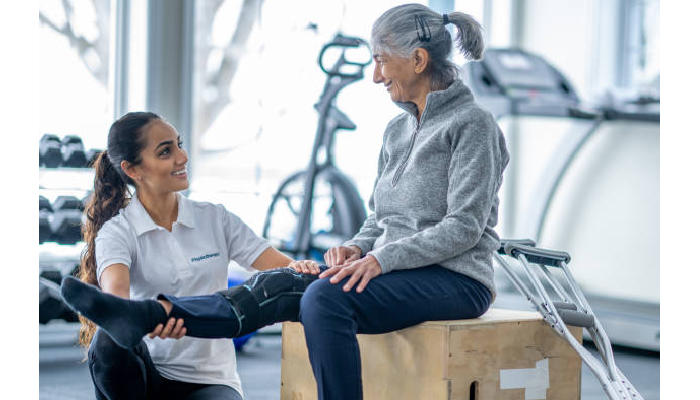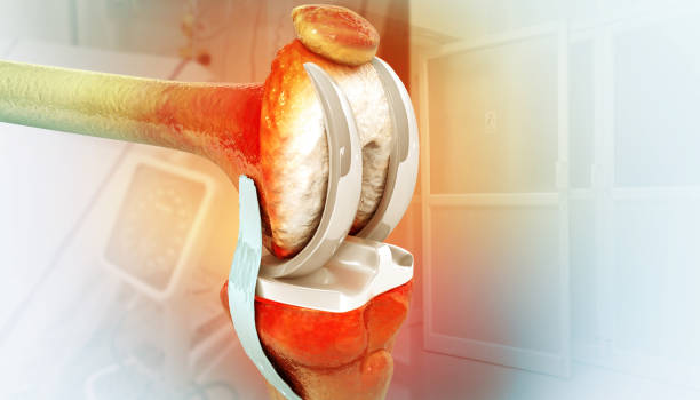
How to Speed Up Recovery from Trigger Finger?
Trigger finger, also known as stenosing tenosynovitis, is a condition that affects the tendons in your fingers or thumb, causing stiffness, pain, and a sensation of “locking” when bending or straightening the finger. For many, it can interfere with daily activities, from typing to gripping objects. Understanding trigger finger treatment and how to accelerate recovery is crucial to regaining hand function and preventing future complications.
Understanding Trigger Finger
Before exploring trigger finger treatment strategies, it’s essential to understand what causes trigger finger. The condition occurs when the tendon that controls finger movement becomes inflamed or thickened, making it difficult for the tendon to glide smoothly through its sheath. This inflammation can be triggered by:
- Repetitive hand or finger movements (common in typing, knitting, or manual labor)
- Underlying health conditions like diabetes or rheumatoid arthritis
- Age-related changes in tendon elasticity
Symptoms often include a popping or clicking sensation when moving the finger, tenderness at the base of the affected finger, and occasional finger locking in a bent position.

Medical Approaches for Trigger Finger Treatment
When it comes to speeding up recovery, professional medical interventions are often necessary, especially if symptoms are persistent or severe.
1. Medications and Anti-Inflammatories
Nonsteroidal anti-inflammatory drugs (NSAIDs) like ibuprofen can help reduce pain and swelling. Although they don’t directly heal the tendon, they relieve discomfort and make exercises easier.
2. Corticosteroid Injections
Corticosteroid injections into the tendon sheath can be highly effective, especially for moderate cases. These injections reduce inflammation and allow the tendon to move freely again. Recovery after an injection is usually quick, with many patients noticing improvement within a few days.
3. Splinting or Bracing
Wearing a splint can immobilize the affected finger, reducing stress on the tendon. Typically, splints are worn at night, helping to maintain finger alignment and prevent locking. Consistent use for a few weeks often accelerates recovery.
4. Surgery
In severe cases or when conservative treatments fail, a minor surgical procedure may be recommended. Surgery involves releasing the constricted tendon sheath, allowing the tendon to move freely. Post-surgery recovery is usually swift, but rehabilitation exercises are necessary to restore strength and flexibility.
Home Remedies to Aid Recovery
Alongside professional treatment, several home strategies can support faster recovery and minimize pain.
1. Rest and Activity Modification
Avoid repetitive hand activities that aggravate symptoms. Simple adjustments, like reducing typing time or changing the way you grip objects, can relieve tendon stress and promote healing.
2. Ice Therapy
Applying ice packs to the affected finger for 10–15 minutes several times a day can reduce inflammation and ease pain. Make sure to wrap the ice in a towel to prevent frostbite.
3. Gentle Stretching and Exercises
Once pain subsides, gentle exercises can prevent stiffness and restore range of motion. Recommended exercises include:
- Finger lifts: Place your hand flat on a table and slowly lift each finger individually.
- Tendon gliding exercises: Bend your fingers into a hook fist, then a flat fist, and finally a straight fist to promote tendon flexibility.
- Thumb stretches: If the thumb is affected, gently stretch it away from the palm and back.
Consistency is key. Performing exercises multiple times a day for short durations helps improve tendon function without overstraining it.
4. Warm Water Therapy
Soaking your hand in warm water for 10–15 minutes before exercising can relax the tendon and reduce stiffness. Warm compresses after exercises can also help maintain flexibility.
Lifestyle Changes for Long-Term Relief
Preventing recurrence is as important as speeding up recovery. Certain lifestyle adjustments can support tendon health:
- Ergonomic Adjustments: Use ergonomically designed keyboards, mice, or hand tools to reduce repetitive stress.
- Hand Strengthening: Incorporate hand-strengthening exercises using stress balls or therapy putty. Stronger muscles around the tendon support smoother movement.
- Healthy Diet: Foods rich in omega-3 fatty acids, vitamin C, and collagen can support tendon health and reduce inflammation.
- Monitor Underlying Conditions: If you have diabetes or arthritis, controlling blood sugar and inflammation levels is crucial for tendon recovery.
When to Seek Immediate Medical Attention
While mild trigger finger often resolves with home care and conservative treatment, you should consult a doctor if you notice:
- Severe or worsening pain
- Finger locked in a bent position that cannot straighten
- Numbness or tingling in the affected finger
- Redness or swelling indicating infection
Early intervention can prevent long-term complications and make recovery faster.
Combining Treatments for Optimal Recovery
A comprehensive approach combining professional trigger finger treatment with home care strategies is often the most effective. For example:
- Begin with rest, ice, and splinting
- Introduce stretching exercises after pain reduction
- Consider corticosteroid injections if conservative measures fail
- Follow post-surgical rehabilitation exercises if surgery is performed
This integrated approach ensures both immediate relief and long-term tendon health.
Conclusion
Recovering from trigger finger can take time, but with the right trigger finger treatment and proactive care, most people regain full hand function. Early recognition of symptoms, proper medical intervention, and consistent home care are key to a quicker recovery. By combining rest, exercises, lifestyle adjustments, and professional treatments, you can prevent recurrence and maintain healthy, flexible fingers for years to come.
Resource URL:



